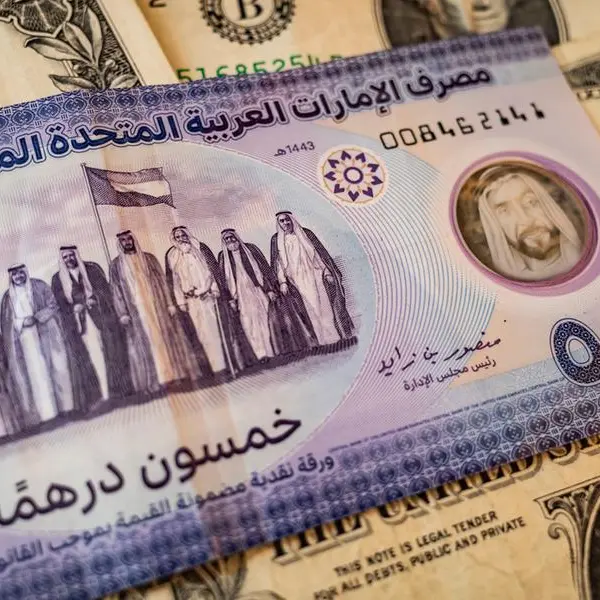PHOTO
The population of ultra-high-net-worth individuals (UHNWIs) in the Middle East grew by nearly 9 percent in 2021 despite the pandemic, as private fortunes expanded on the back of an economic rebound and strong performance in various asset classes, according to a new report.
During the year, hundreds of people with net assets of at least $30 million joined the ranks of the super-rich, with the total number of UHNWIs in the region rising by 8.8 percent to 9,717. Globally, around 52,000 were minted as UHNWIs, up by 9.3 percent from the previous year, revealed consultancy firm Knight Frank in its new wealth report.
The level of wealth growth last year was the highest since 2017, partly driven by a huge accumulation of wealth throughout the pandemic. Various asset classes, from real estate to equities and luxury collectibles, also helped boost the fortunes of the wealthy.
“We’ve seen a huge amassing of savings, as people didn’t go out and spend in restaurants. They didn’t go on holidays, so all of these were an accumulation of wealth. So, people are taking that wealth and are able to invest it into stock markets, equities, property – many different types of assets,” explained Flora Harley, deputy editor of the wealth report.
Liam Bailey, Global Head of Research, also attributed the wealth growth to economic recovery. “The global economy expanded by six percent over the past 12 months and in terms of our results, that’s driven wealth creation to new highs,” he said.
As the economy recovered, many ultra-wealthy individuals invested in real estate, one of the top-performing asset classes in 2021, and this has enabled millionaires to grow their fortunes.
“We witnessed a wealth surge on the back of an economic rebound… The pandemic has seen many UHNWI investors increase their allocation to real estate,” said Rory Penn, Head of Private Office at Knight Frank, adding that cross-border investments also went up, as the wealthy looked to relocate and invest overseas.
Top performers
Among the markets included in the study, the top three gainers for UNHWIs last year were the United States, up by 13 percent, the United Kingdom (11 percent) and France (10 percent).
In terms of total UHNWI population, North America topped the charts with 233,590, followed by Asia, with 169,889, Europe (154,008) and Australasia (24,245).
(Reporting by Cleofe Maceda; editing by Seban Scaria)























